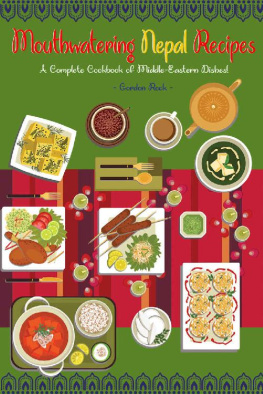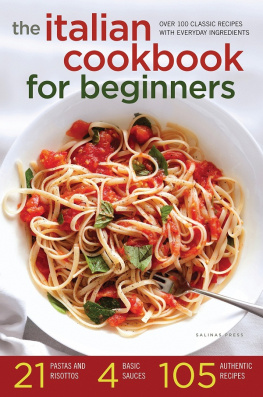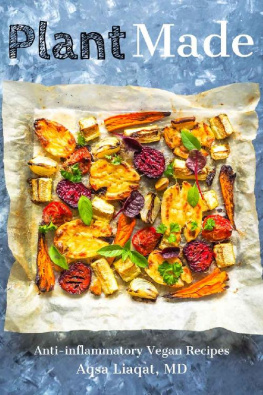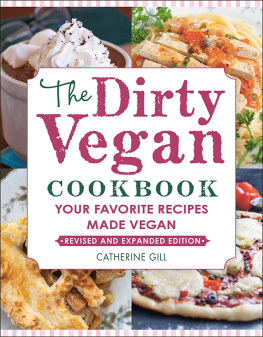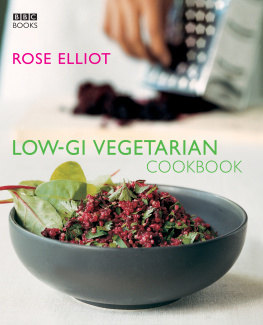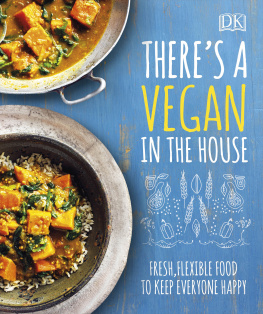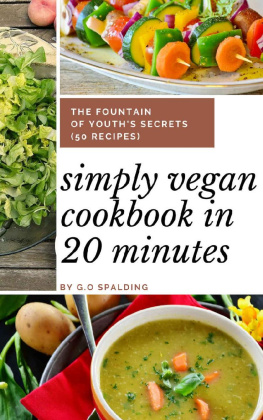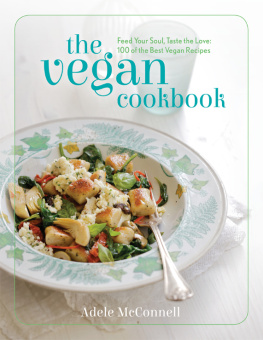When the first edition of this book was published in 1986 nearly all our reviews came from groups such as Compassion in World Farming and the Vegan Society. Most mainstream reviewers ignored us or assigned us to the lunatic fringe. In those days vegan meant nothing to most people and it was virtually impossible to get anyone interested in the mistreatment of calves or the cruelty of battery henhouses. Now the word vegan is routinely used in television news broadcasts where ordinary people are to be seen, almost daily, demonstrating against the cruelty of factory farming and the transport of live animals, while MPs, MEPs and even government ministers actively campaign for the abolition of veal crates in the European Union. Clearly this represents an important change of consciousness.
But its still only a beginning. For the reality is that all factory farming is morally reprehensible. Even if the European Parliament succeeded in passing legislation to make veal crates or battery hen cages a bit bigger, it wouldnt make the rearing of animals in such conditions less despicable. All veal production involves the removal of newborn calves from their mothers and this is only one of a score of ways in which the meat and dairy industries are interdependent. The sad truth is that you cannot drink cows milk, or eat butter, eggs or cheese, without making a small but significant contribution to the persecution of animals on a scale that dwarfs all previous examples of human tyranny. Yet, as the pioneers of the Vegan Society first established over fifty years ago, atotalboycottoftheproduce is one of the most effective ways of opposing these monstrous practices.
So our chief objective in this latest edition of our book remains the same: to facilitate this boycott by providing a wide spectrum of recipes, from the everyday to the celebratory, for people who enjoy good food, have no desire to eat anything that isnt delicious as well as healthy and who have decided to become vegan for this, or for any other, reason. (See ,.) To this end we have added more than a dozen new recipes, improved a few old ones and revised and updated the information sections.
When the first edition of this book was published we had scant competition. Now, many bookshops have vegan sections in their cookery departments. So it is doubly gratifying to find our book still very much in demand and we would like to take this opportunity to thank the many readers who have sent us testimonials from all over the world particularly the delightful one from the Australian outback.
If you are new to veganism, please read the before converting to an exclusively vegan diet.
Weve used a few unusual ingredients so if you come across any youre not familiar with, please refer to the for more information.
Please note that the word margarine in the recipes should be taken to mean vegan margarine throughout. For more information and notes on where to buy .
The nutritional analysis values are based on McCanceand Widdowsons TheCompositionofFoods by A. A. Paul and D. A. T. Southgate (4th revised edition), Her Majestys Stationery Office, London, 1978 and on FoodCompositionTableforUseinEastAsia, FAO, Rome/US Dept. of Health, Education & Welfare, Bethesda, Maryland, USA, 1972. But please note that the figures given should be treated as an approximate guide only. The exact nutritional content of foods varies widely with the season, the prevailing weather conditions, the soil, the fertilizers used and so on. Note also that the nutritional values given for salads include the full value of the dressings in the calculations; bearing in mind that some people leave most of the dressings on their plates while others mop up every last drop with bread, the critical factor is not how much of the dressing you put on the salad, but how much of it you put in your mouth!
| Quicker | For Everyday Use |
| or |
| cheaper |
| or |
| simpler |
 |
 |
 |
 |
 |
 |
 |
 |
 |
 | For Special Occasions |
 |
 |
 |
 |
| slower |
| or |
| dearer |
| or |
| more |
| elaborate |
Soups
A good soup can be the basis of a simple, nourishing lunch, a light evening meal, a quick snack at any time, or it can be the starter for something big. But please dont be tempted to use tinned soup, even if youre short of time. The simple recipes from early in this section take hardly a moment or two longer than it takes to open a tin, pour the contents into a saucepan, heat them up and transfer the mixture to a bowl (time yourself if you dont believe us!) and a home-made soup is, of course, from a different dimension. Besides, tinned soups are full of chemicals preservatives to increase their shelf-life, artificial flavourings and colouring agents and sugar, and are seldom vegan, even the vegetarian ones. (Close scrutiny of the list of ingredients usually reveals the presence of animal products of the factory farming industry.)
An electric blender makes a soup-makers life easier and we have assumed that you have one. (If you havent, you can still make most of the soups using a hand-mouli or by simple sieving indeed, some dedicated cooks insist that the resultant pures are superior and claim not to mind the extra work and washing up.)
Weve given you lots of recipes to start you off but why not try inventing your own? You can start by dicing any root vegetables you happen to have and sauting them in oil or margarine with herbs and a bay leaf, or you can work from the basis of almost any leftovers, including the final stages of a stockpot.


